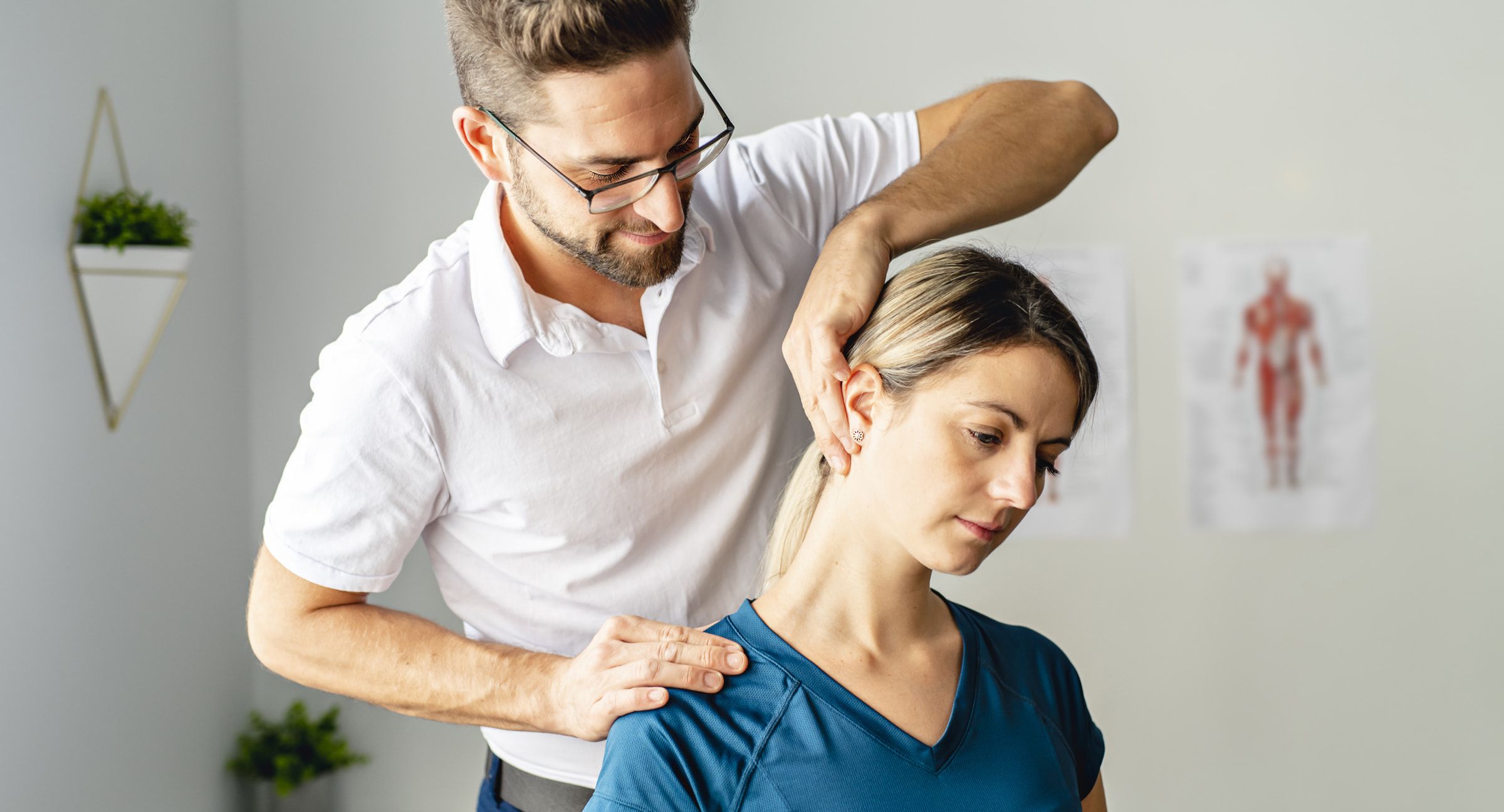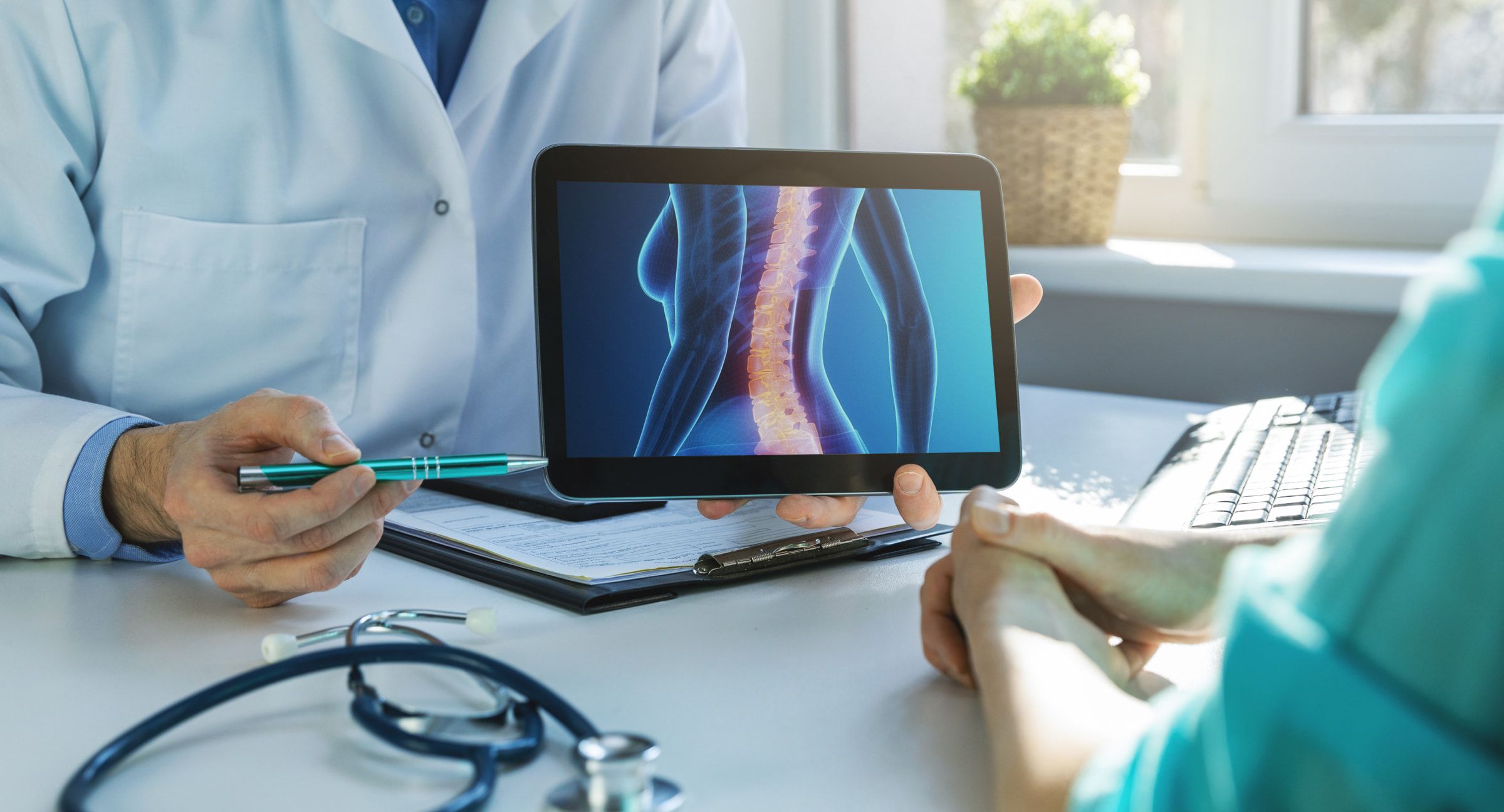- Spine Health
7 Tips to Help Manage Spinal Stenosis

Spinal stenosis can be extremely painful and it limits your mobility, which affects your quality of life.
If you've been diagnosed with spinal stenosis, there are some things you can do to help manage this painful condition.
Here are seven helpful tips that will allow you to manage the problem more effectively so you can experience better mobility and less pain for a happier you.
1. Get Help Right Away
If ignored, spinal stenosis will only get worse over time. This is because it's not only a chronic condition but a progressive one.
The sooner you get help with managing the issue, the better off you will be. Talk to your chiropractor about some suggestions to help make living with spinal stenosis easier.
Start looking at exercise programs you can start now to help keep your body moving and decrease back and leg pain. The sooner you get the help you need, the better off you'll be for the long term.
2. Try Ice Treatments
If you exercise, be sure to ice your back afterward. This will help to numb the affected area and give you quick albeit temporary pain relief.
You don't need to buy anything special. A simple bag of frozen peas or other frozen items will work great to apply cold to the back area.
Only use ice treatments for 10 minutes at a time. Make sure you stop as soon as you notice a lack of feeling in the lower back or you run the risk of damaging your skin.
3. Try Heat Therapy
The application of heat to your back can help you manage pain as a result of spinal stenosis. Heating relaxes the muscles and stimulates blood flow.
When you apply heat therapy to your back, it can help speed up the healing process after exercising or overexertion. Try a hot water bottle, a heating pad, or a heat pack to give you some relief.
Using heat therapy won't cure your problem, but it can help you take proactive steps to better pain management.
4. Stretch to Help Spinal Stenosis
Simple stretching exercises can take the pressure off your spine and give some relief. It can also strengthen the muscles in your back, providing better support to the spine.
Lie on a yoga mat or carpet and stay flat on your back. Then, slowly bend your knees and bring them as far to your chest as possible.
While your knees are up, hold them still and allow your back muscles to relax for about ten seconds. Bring your legs back down to the floor and take some deep breaths.
You should repeat this exercise three to five times for each session and do it several times throughout the day if possible. This is a great way to get relief for lumbar or lower back spinal stenosis.
5. Simple Shoulder Shrugs
This easy exercise is especially helpful for those with cervical or neck spinal stenosis. Start by sitting comfortably in a supportive chair, or you may sit cross-legged on the floor if you prefer.
Gently raise your shoulder up until the shoulder blades come together as closely as possible. Hold this position for two long breaths. When you're done, slowly lower your shoulders back down.
Try to repeat this exercise 15 to 20 times a day as needed. You can also roll your shoulders back if you would rather do it that way. You don't have to hold the position since the actual movement of your shoulders is what's giving you the benefit.
Three sets of 10 repetitions is a good number to get some results.
6. Pay Attention to Your Posture
Poor posture is one of the main causes of spinal stenosis pain. With today's workforce sitting at their desks more than ever before, it's no surprise that posture is often the culprit of back pain.
When you slouch down or forward, it creates excess stress on the muscles in your back. This, in turn, increases pressure on your spine, causing pain that can range from mild to severe.
You may feel tingling or numbness whenever you slouch. Try to focus on sitting in an upright posture with your shoulders back.
Ergonomic office furniture can be extremely helpful when improving posture. Make sure your computer is at eye-level and you have a supportive office chair with armrests and lumbar support.
7. Sleep in a Comfortable Position
If your back doesn't get the support it needs at night, you're probably waking up in pain. Combat this problem by making sure your entire body is supported while you sleep.
Try a body pillow to see if that helps you position yourself in a more supportive fashion. You might need to invest in a good mattress, but it will be worth the cost once you get relief.
Ask your chiropractor or doctor about any recommendations they may have for better sleep and a better sleeping position. Once you find the sweet spot, you should start to notice a decrease in pain when you wake up in the morning.
Pain Management is Possible
With a few lifestyle changes and some regular exercise, you can get relief from the pain associated with spinal stenosis. Good management of your pain will allow you to enjoy life and live it to the fullest.
Don't delay when it comes to addressing your spinal stenosis. Talk to your doctor or a licensed chiropractor and ask them for help.
Call us now for a consultation and to discuss your treatment options, and visit our blog for more information about dealing with back pain.


